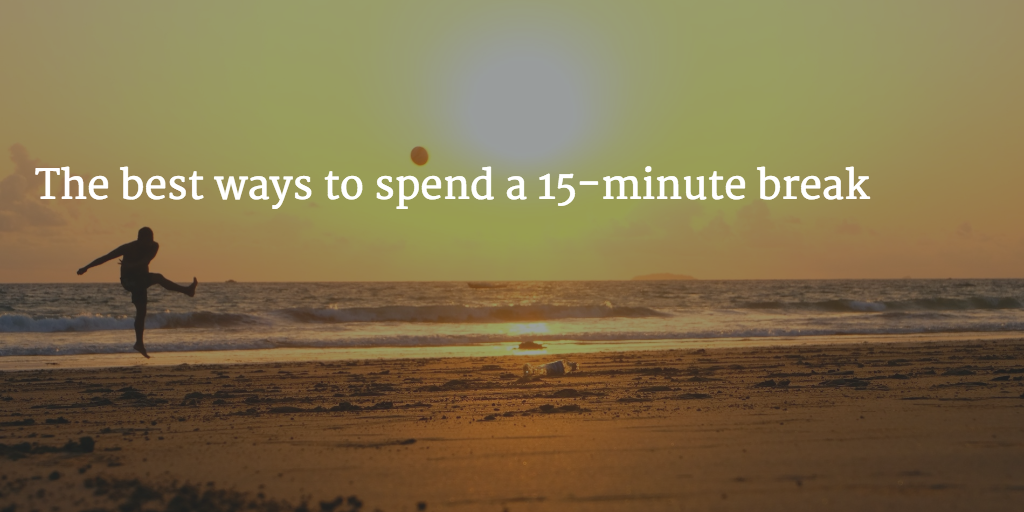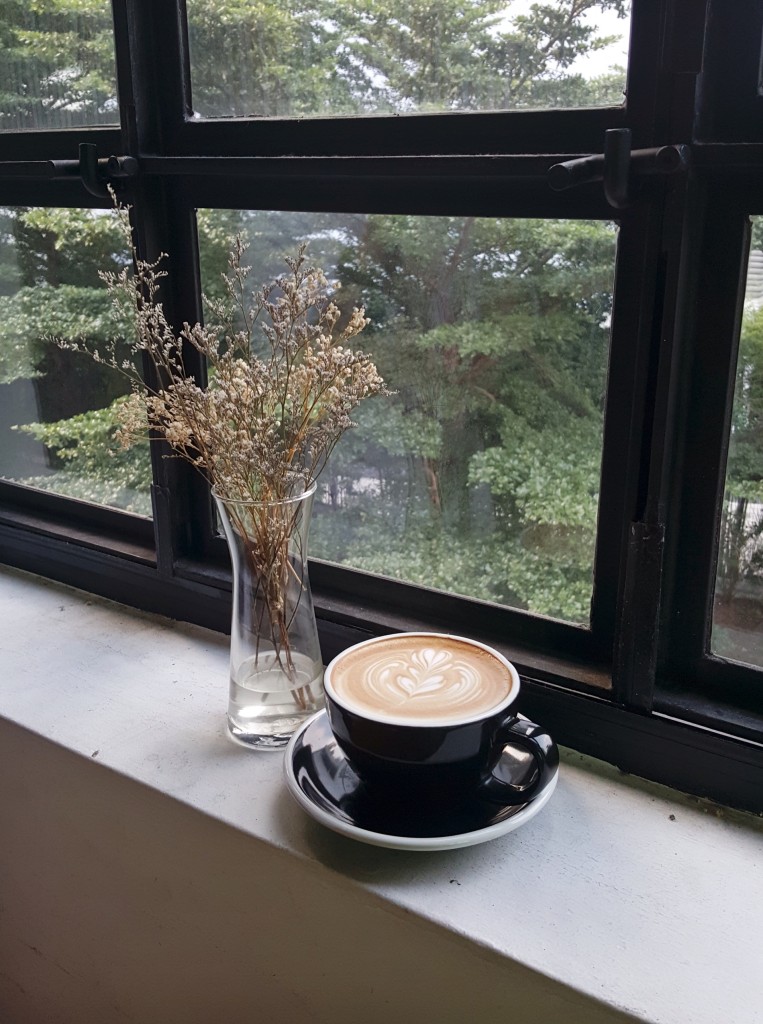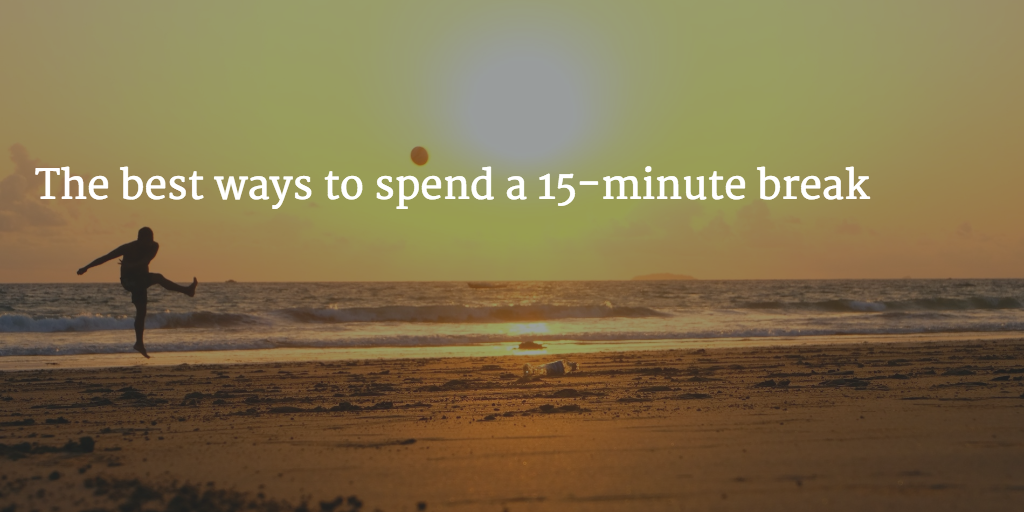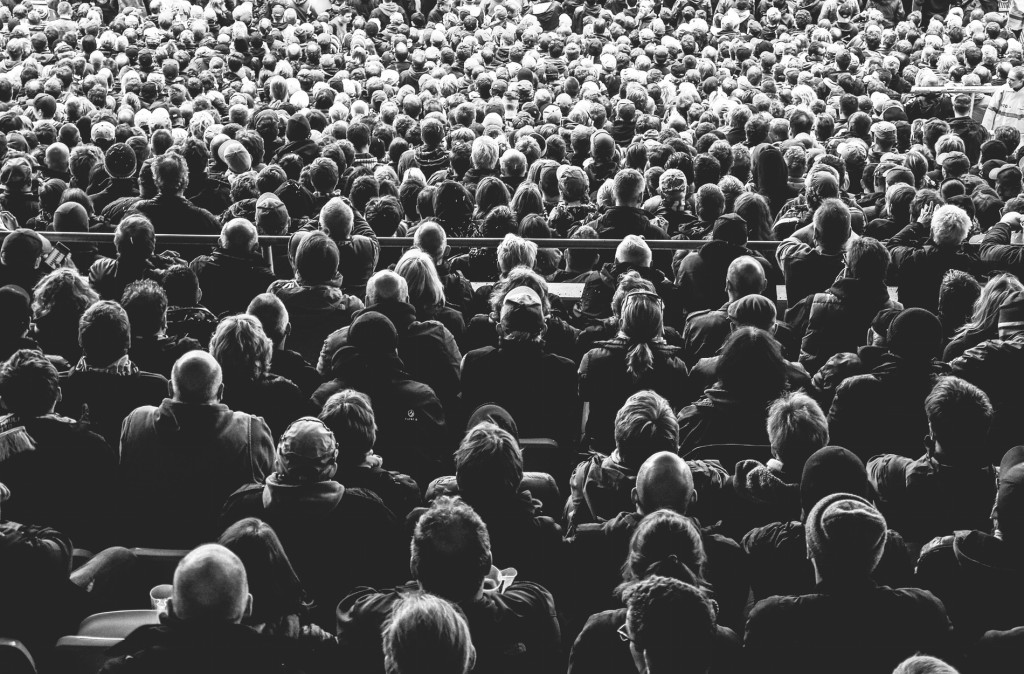
We have all worked with the marathoner office worker. The one with eyes glued to a spreadsheet all day, or frantically taking calls for hours on end. Or maybe that’s you. Maybe you measure hard work in raw hours logged. Maybe you put in 12 solid hours and eat at your desk. Maybe you care so much about work you haven’t taken a lunch break in months. Maybe you’re terrible at your job. Ever think about that? Or at least you could be hurting your productivity. There’s a growing amount of research suggesting that work punctuated by short breaks leads to better focus and better productivity.
Also, working for uninterrupted hours on end -— especially if done sitting down -— can be terrible for your health.
When the American Cancer Society tracked the health of 123,000 Americans between 1992 and 2006, researchers found that men who spent six or more hours of their day sitting had a death rate 20 percent higher than those who sat for three hours or less. The findings were more striking for woman, who saw about a 40 percent higher death rate than their more active counterparts.
So go ahead and spend every hour sitting at your desk and “grinding it out.” You can even write off your colleagues who take breaks as weaker or less dedicated.
But ask yourself, if you’re going to spend those hours less focused -— and you’ll die sooner -— who’s really the better worker?
“Long hours don’t mean good work —- highly efficient, productive work is more valuable,” James A. Levine, a professor of medicine at the Mayo Clinic, told the New York Times.
Thankfully, researchers have uncovered a lot about the best ways to take breaks. Plenty of related research has explored the optimal amount of time for a break, but that’s a whole other article. For now, we’ll focus on the traditional 15-minute break and the most effective ways you can spend that time.

Move
Over and over, studies show that regularly getting up and getting blood flowing is the best thing a desk worker can do for their health.
Stand up
If nothing else simply standing up for a few minutes can break the monotony of the work day and provide health benefits.
Research published in the European Heart Journal showed that even small amounts of standing — as little as one minute — could help lower the health risk associated with sitting.
Take a Walk
A brisk walk delivers a variety of physical and psychological benefits. Bonus points if you can get outside for a few minutes.
Researchers at the University of Essex, for example, found that people’s mood and sense of well being increased significantly with just 5 minutes of outdoor exercise.
If you can’t get away from work for a walk, consider bringing the work with you. Steve Jobs, Mark Zuckerberg and Twitter’s Jack Dorsey are reportedly all big fans of walking meetings. Try a walking meeting the next time you have to meet in a one-on-one or small group setting.
Walking also stimulates creativity. Researchers at Stanford found that test subjects responded with more creative thinking when walking at a slow pace than sitting at a desk. Most subjects — when asked to find creative uses for an object — were able to generate about 60 percent more uses when walking. Walking improved subjects’ ability to generate creative ideas even after they were sitting back down again. In other words, if you’re looking to jump start your creative thinking for the day — consider starting off with a short walk.
Unplug
Disengaging from the buzz of electronic communication and notifications could help recharge your energy and focus.
Leaving the emails until after your break could best way to optimize your focus when you come back.
The focus required of the working day drains people of psychological, social and material reserves, according to Chris Cunningham, a professor of Industrial-Organizational and Occupational Health Psychology at the University of Tennessee at Chattanooga.
“Taking a lunch break away from the desk lets people separate themselves from the source of that drain,” Cunningham told the Wall Street Journal. “And that offers the opportunity to build back some of those resources in the middle of the day—rather than just at the end when work is over.”
Nap
The benefits of the afternoon nap are getting a lot more attention lately.
Research has shown that naps can boost learning capacity, improve memory and replace the effects of caffeine.
Levine, who is the author of “Get Up!: Why Your Chair is Killing You and What You Can Do About It” encourages short afternoon naps.
Research published in the Journal Sleep found that as little as 10 minutes of napping can have huge benefits.
“The 10-minute nap produced immediate improvements in all outcome measures (including sleep latency, subjective sleepiness, fatigue, vigor, and cognitive performance), with some of these benefits maintained for as long as 155 minutes,” the researchers wrote.
Other research suggests that longer naps — 30 to 90 minutes — could improve productivity.
“It’s best to give your brain downtime. I have a nap every afternoon,” researcher Vincent Walsh, professor of human brain research at University College London, said in an interview with The Telegraph.
Humans are unlike most other mammals, who sleep in short periods throughout the day. Although we’ve consolidated our sleep into 1 long period, our bodies are programmed for two stretches of sleepiness, writes Jennifer Ackerman, author of “Sex Sleep Eat Drink Dream: A Day in the Life of Your Body.”
Those periods: 2:00 to 4:00 a.m. and 1:00 to 3:00 p.m.
“This midday wave of drowsiness is not due to heat or a heavy lunch (it occurs even if we skip eating) but from an afternoon quiescent phase in our physiology, which diminishes our reaction time, memory, coordination, mood, and alertness,” Ackerman wrote in the Guardian.
Socialize
Getting in some face-to-face time with other humans — especially if your work routine doesn’t include much of it — is another great way to spend a short break.
We’ve already discussed the benefits of standing up and moving around. Try incorporating all three and having a short walk with a friend. Wonder why the office ping pong table has become such a hallmark of Silicon Valley creativity machines like Google? Having that short, uninterrupted bonding time with another human recharges our emotional batteries in a very valuable way.
Cunningham recommends frequently going to lunch with coworkers but refraining from talking about work.
“(S)ocial breaks are also important to a worker’s — and a company’s — well-being. They reinforce bonds, improve morale and increase possibilities for collaboration,” wrote Phyllis Korkki in The New York Times
And while meeting with coworkers casually doesn’t have to be structured around work, sometimes the most creative business ideas come out naturally. The idea for Gmail, Korkki writes, was first conceived by a small group hanging out in one of Google’s cafes.
So if you’re looking to improve your productivity and creativity, it’s worth reconsidering the Hours At Screen metric as a benchmark for success. Try changing things up and embracing breaks. Go outside, have a walk, meet friends for lunch or take a quick nap. Good things could come.
You might even invent the next Gmail.
P.S. If you liked this article, you should subscribe to our newsletter. We’ll email you a daily blog post with actionable and unconventional advice on how to work better.
GET DONES DAILY
Boost Your Productivity In 5 Minutes
Get daily tactics, insights, and tools to get more done.


